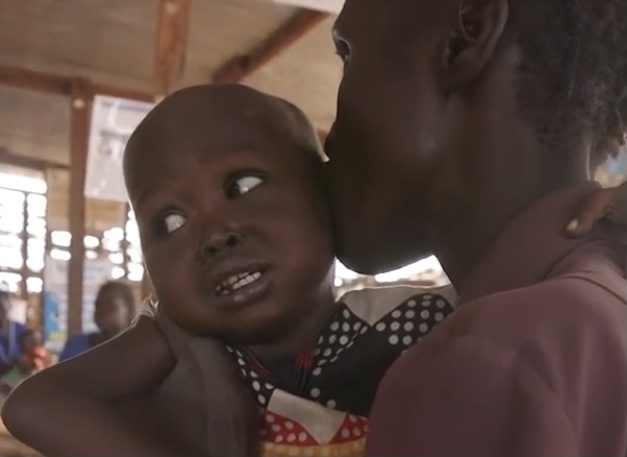South Sudan and 1.3 million children are malnourished
Kanako Mita and Sawako Utsumi
Modern Tokyo Times

South Sudan is blessed with important natural resources. However, ethnic and political instability continues to blight South Sudan – similar to ethnic and religious tensions that resulted in the loss of millions of lives in Sudan before the creation of South Sudan. Therefore, from ethnic and political violence in Darfur in Sudan – to ethnic and political violence in South Sudan – instability abounds in both nations.
According to the Food and Agriculture Organization (FAO), over 1.3 million children are malnourished severely. Meshack Malo, the representative of FAO in South Sudan, says, 1.34 million children are “malnourished severely“ in this country. The representative continues, “And over 600,000 pregnant and lactating women are malnourished this year.”
U.N. News reports, “The drivers of chronic food insecurity in South Sudan include the civil war that started in 2013 and ended in 2020. It caused widespread destruction, death and displacement, leaving two million people internally displaced and another 2.3 million as refugees in neighboring countries.”
Crop production failure further exacerbated the crisis after some of the worst floodings in recent history hit South Sudan. Hence, the already fragile situation became even more severe.
Modern Tokyo Times recently reported, “South Sudan (Republic of South Sudan) should have ushered in a period of peace for the embattled ethnic and religious groups who faced Arabization and Islamization concerning the policies of past Khartoum elites. However, while South Sudan has an abundance of natural resources, this is squandered by cronyism and endless political infighting in the corridors of power in Juba.”
Lee Jay Walker says, “2011 should have been a new independent page in South Sudan based on hope and a better future after splitting from Sudan. Instead, the country is blighted by political power concentration convulsions, inter-ethnic bloodshed, a limited infrastructure outside the development projects of Juba, and continuing food insecurity.”
Over 50 percent of the population in many parts of South Sudan face problems with food insecurity. This breakdown concerns 72.4% in Jonglei, 67.6% in Unity, 62.9% in Warrap, 56.8% in Northern Bahr el Ghazal, 54.2% in Upper Nile, and 52.0% in the Lakes region.

PLEASE SUPPORT MODERN TOKYO TIMES by DONATING
Modern Tokyo News is part of the Modern Tokyo Times group
DONATIONS to SUPPORT MODERN TOKYO TIMES – please pay PayPal and DONATE to sawakoart@gmail.com
http://moderntokyotimes.com Modern Tokyo Times – International News and Japan News
https://www.pinterest.co.uk/moderntokyotimes/ Modern Tokyo Times is now on PINTEREST
http://sawakoart.com – Sawako Utsumi personal website and Modern Tokyo Times artist
https://moderntokyonews.com Modern Tokyo News – Tokyo News and International News
PLEASE JOIN ON TWITTER
https://twitter.com/MTT_News Modern Tokyo Times